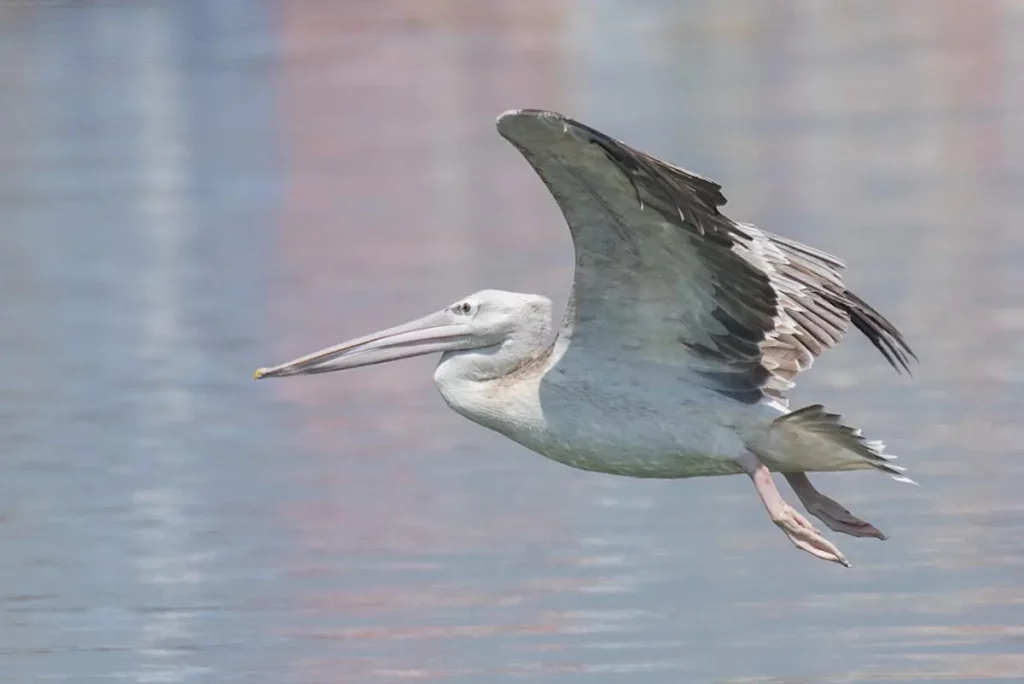The Pink-backed pelican, such an incredible bird, his mouth can hold more than his belly can🤣.
Some years back my good friend Nuru from the Gambia reptile centre in Kartong, rescued a pelican that had had its beak cut. There are a few reasons why this may happen. It could be the bird has run into some fisherman who sees pelicans as a threat. They plunge dive into the water for food and often get a hook. This of course is not good for the poor pelican but also can anger the fisherman who then has been known to cut their top beak so they can’t feed and hunt. A cruel practice indeed. In this instance, it was children who had cut the beak in order to sell the pelican. Nuru of course was not about to pay for the bird as this just encourages it to happen again. He did take the pelican to look after it though.
Pelicans can regrow their beaks!
Incredible but true, pelicans can regrow their beaks. With time, care and lots of love the beak can regrow. In the wild, a beak injury like this would mean almost certain death for a pelican because it can’t hunt. But with Nuru’s help, the pelican was released around 18 months later. I went to see this lucky bird for myself and just fell in love. They are trusting gentle birds and she allowed me to literally put my hand into her beak. To my amazement, it was soft and dry like velvet.
Not what I was expecting at all, a bit like when you handle a snake for the first time, you are expecting slimy and what you get is dry and smooth!


Where is the Pink-backed pelican found?
Close to Footsteps in the wetlands and all across The Gambia where there is water. The pink-backed pelican is found in a range of aquatic habitats, but prefers quiet backwaters with shallow water, avoiding steep, vegetated lake banks. It prefers freshwater lakes, swamps, large slow-flowing rivers, and seasonal pools but also frequents reservoirs, seasonally flooded land and floodplains near river mouths. It may occur on alkaline and saline lakes and lagoons, and can sometimes be found along the coast in bays and estuaries (although seldom on the open seashore). The species tends to roost and breed in trees (e.g. mangroves), but will also roost on sandy islands, cliffs, coral reefs and sand dunes. Source Wikipedia.
What does it look like?
By no means is it a small bird. It grows to 155 cm with a wingspan of around 2.5m. And can weigh up to 7 kg. The bill can be as long as 38 cm with the top of the bill being yellow and the pouch greyish. Its plumage is grey and white, with a pinkish hue on the back.
What does it feed on?
Pelicans usually feed on fish and will easily take prey close to half a kilo in size. Their lunch of choice would be something like Tilapia.
Want to know an interesting Factoid?
Pelicans prefer to nest together so that many nests will be found in one tree. These nests are re-used every year until the trees collapse.
How does it sound?
Adults Pink-backed pelicans are usually silent. During sexual or hostile encounters at a colony site, they make low, brief grunts.
